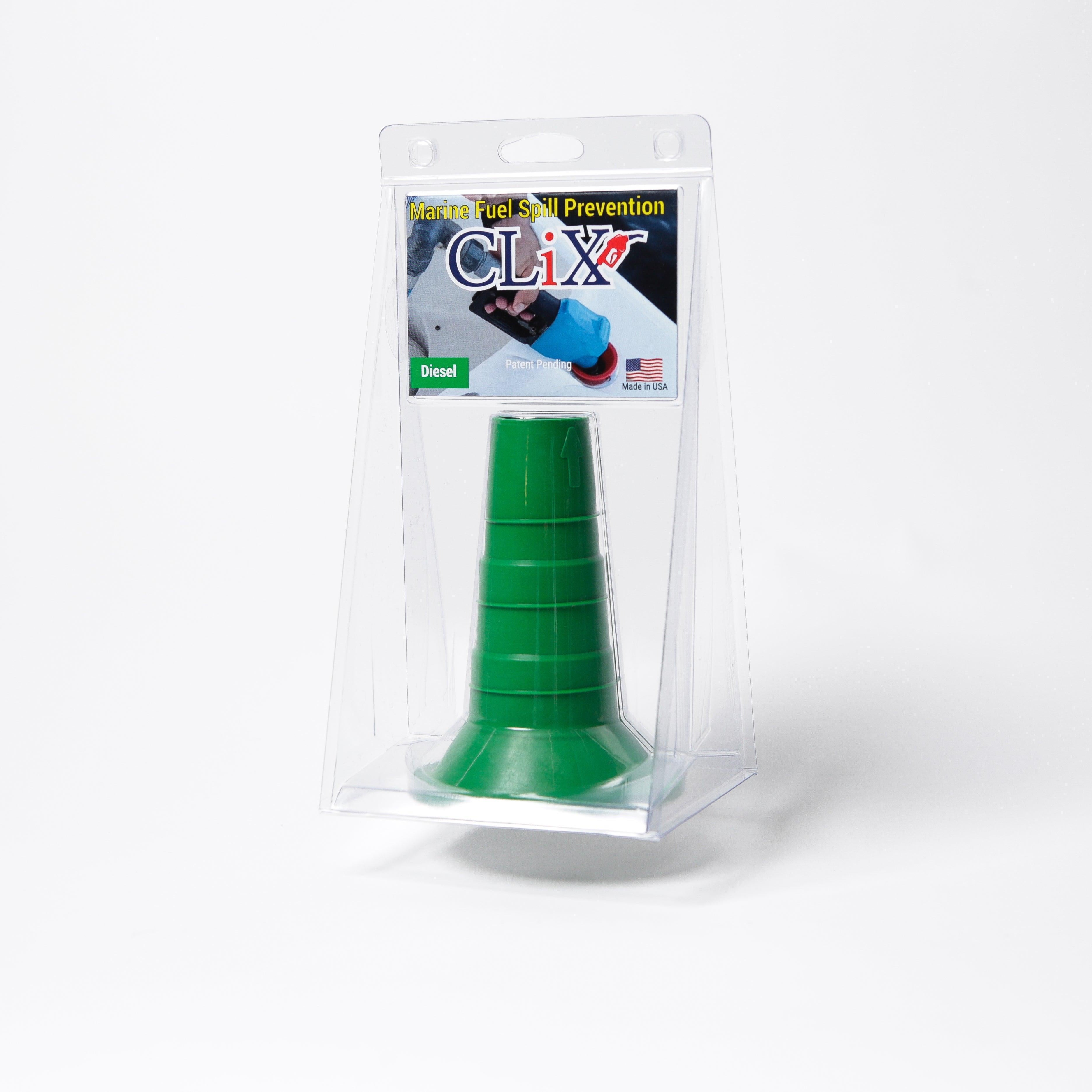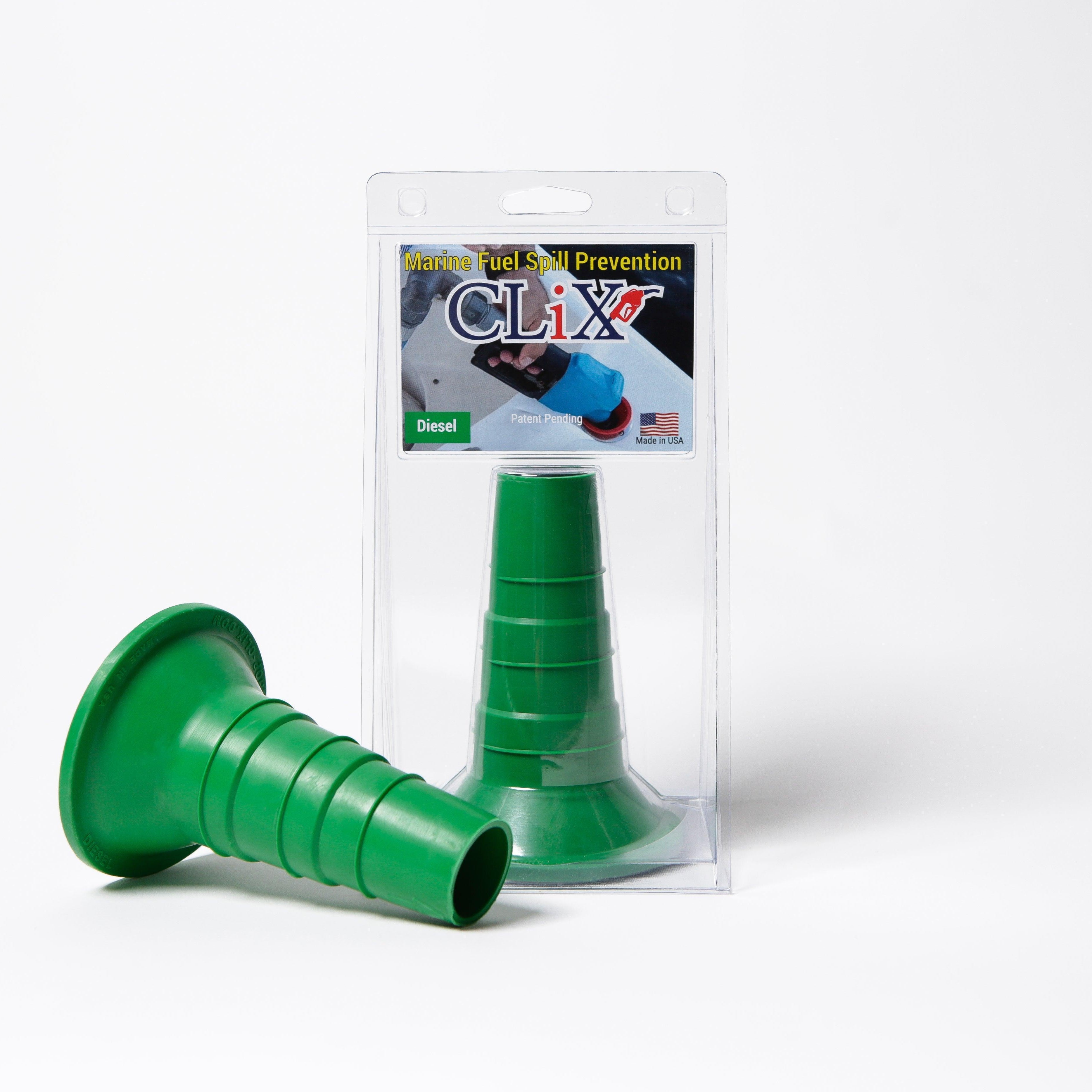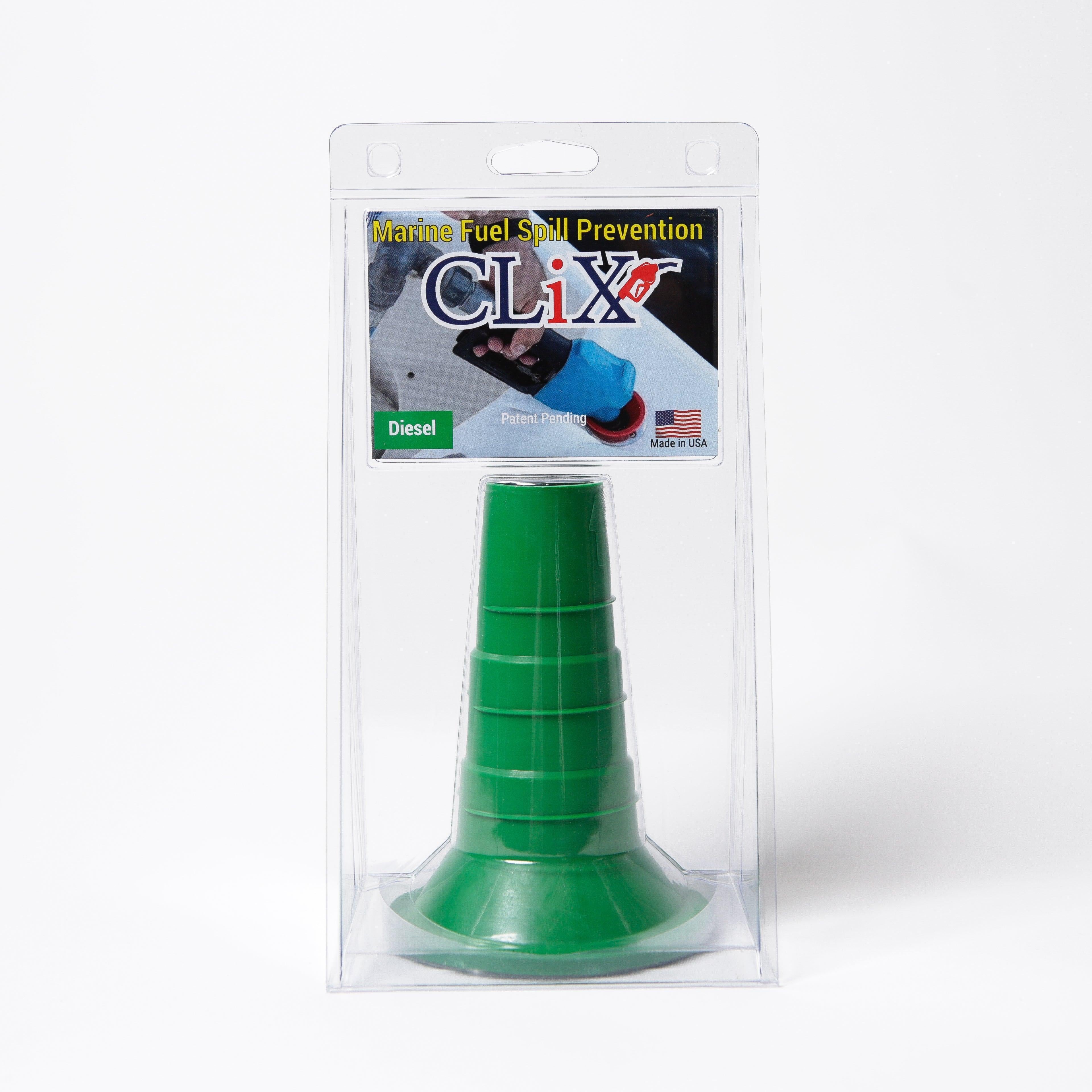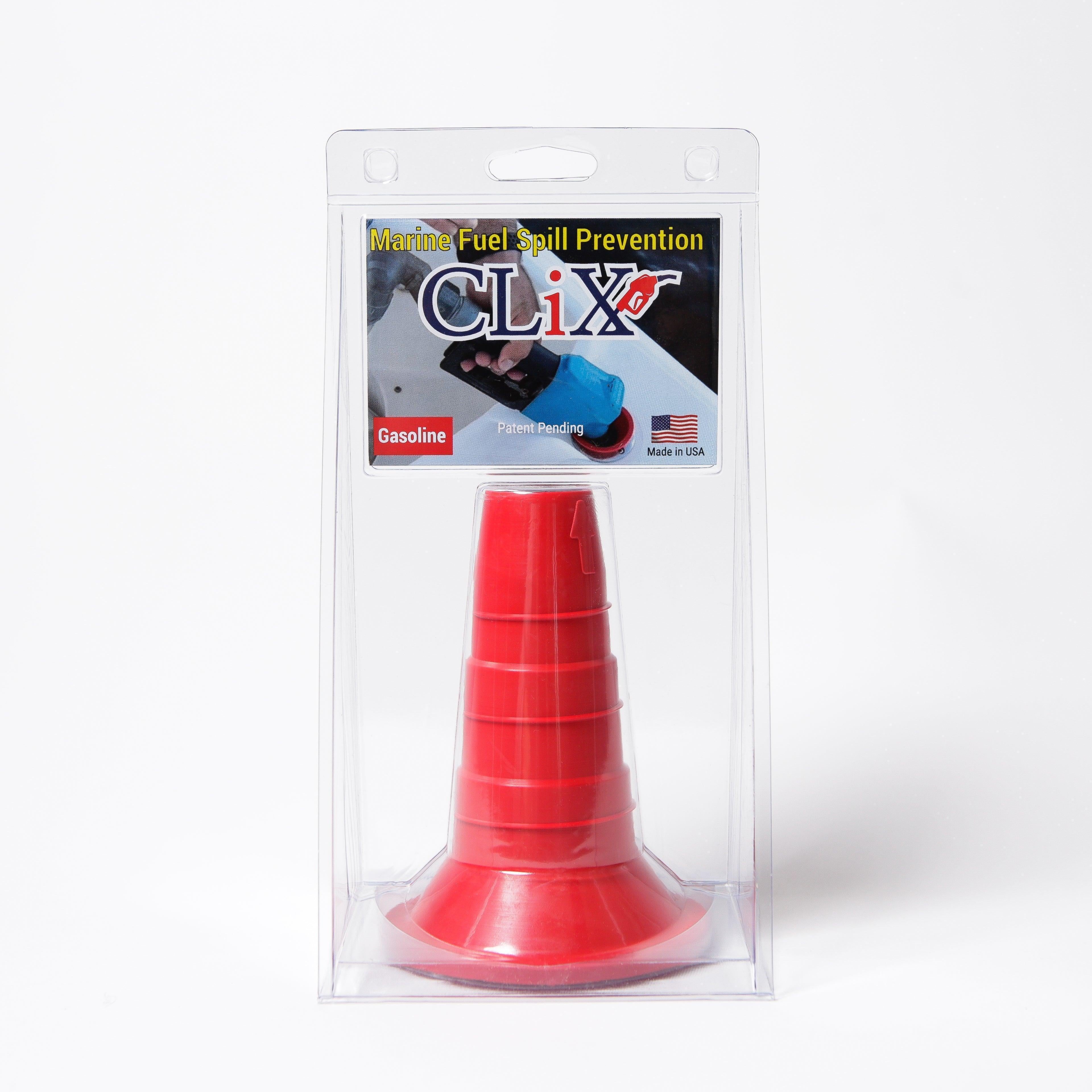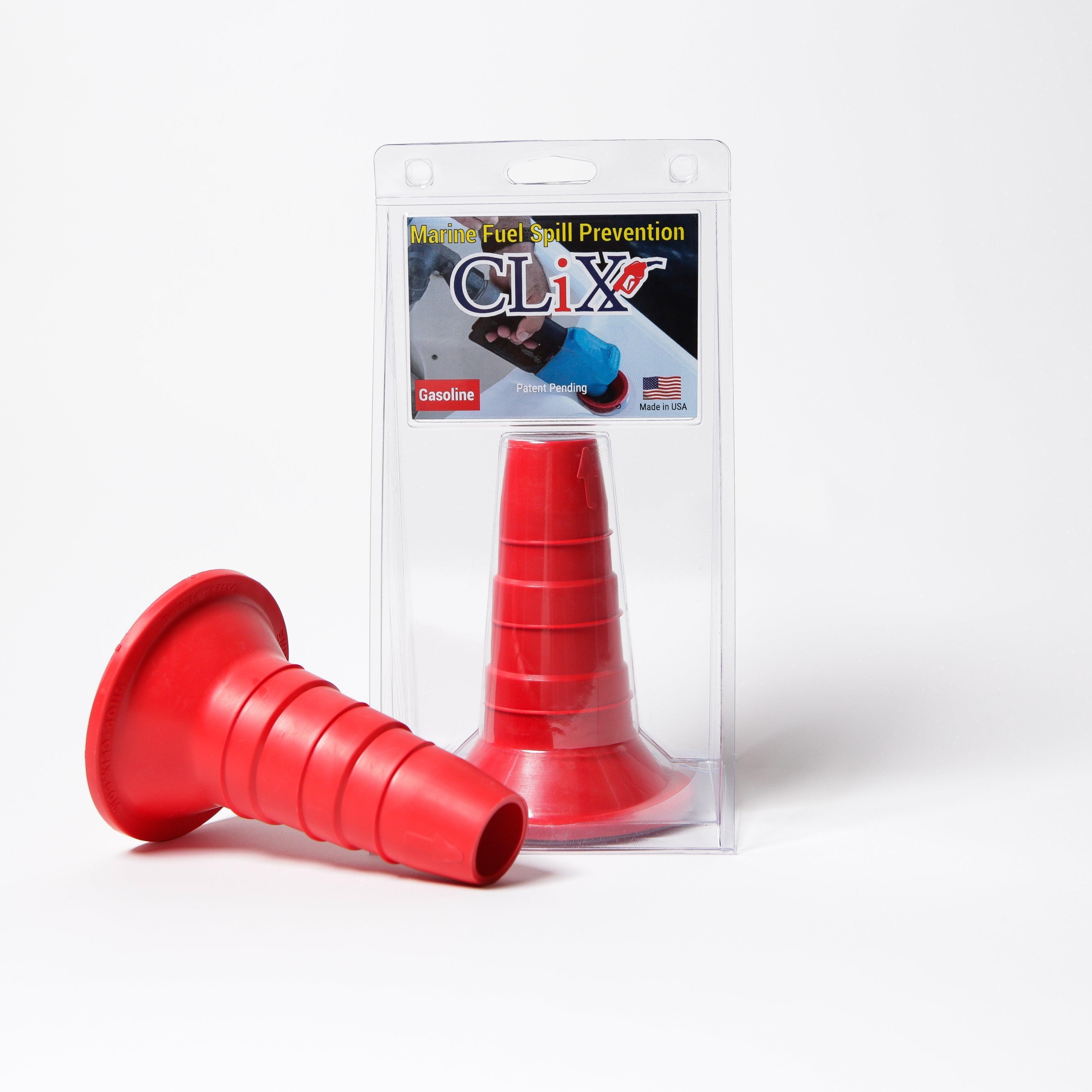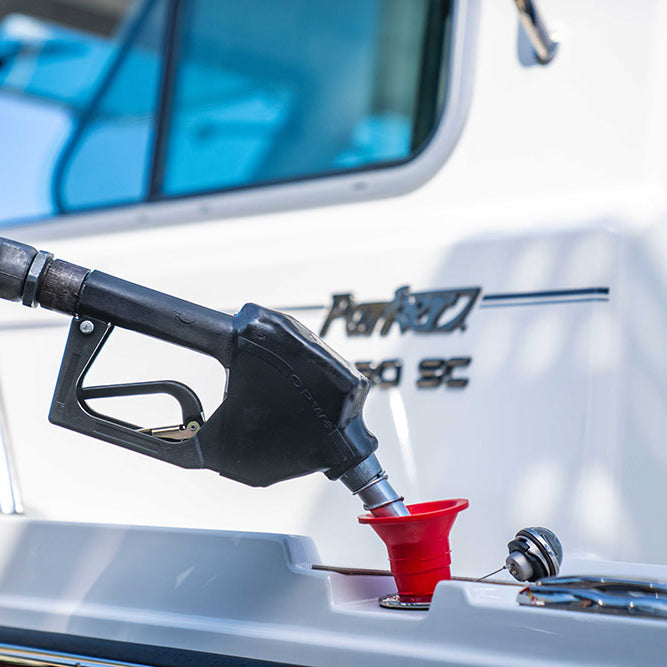Let's face it, we've all been there: wrestling with a full, heavy gas can, trying to pour fuel without spilling it all over the place. It’s awkward, messy, and you always end up with that lingering smell of gasoline on your hands. A gas can electric pump is the simple, brilliant fix to that age-old problem.
Think of it as a motorized siphon. It’s a small, battery-powered gadget that moves fuel from your can to your lawnmower, generator, or boat—no lifting, no tipping, and no spilling required.
What Is a Gas Can Electric Pump, Anyway?

That familiar struggle with a heavy gas can is more than just an annoyance; it's a recipe for strained backs, wasted fuel, and a stinky mess. It’s one of those chores that just feels like it should be easier in this day and age.
Well, it is. The gas can electric pump is a straightforward solution to this universal headache. Instead of fighting gravity and trying to keep a steady hand, this clever tool uses a small motor to do the work for you, making refueling a breeze.
How It Works
At its heart, the concept is incredibly simple. You stick one end of the pump’s hose into the gas can and place the nozzle into the tank you need to fill. Push a button, and the battery-powered motor kicks in, pulling fuel up through the hose and dispensing it in a smooth, controlled stream.
This process completely gets rid of the physical effort and guesswork of pouring by hand.
The benefits are immediate and obvious:
- No Heavy Lifting: A full 5-gallon gas can weighs over 30 pounds. With a pump, you can leave it on the ground. This is a game-changer for anyone who has trouble with heavy lifting.
- Zero Spills: The controlled flow means no more accidental overflows or splashes. That’s good for your wallet and the environment.
- Fewer Fumes: Because the system is mostly sealed during transfer, you aren't breathing in nearly as many unpleasant gasoline vapors.
A gas can electric pump turns a dreaded chore into a quick, clean, and ridiculously easy task. It’s not about flashy tech—it’s just a smart solution to a common problem.
It’s About More Than Just Convenience
While not having to lift a heavy can is a huge plus, the real win here is safety. Spilled gasoline isn't just a waste of money; it's a serious fire hazard and a nasty pollutant. Every spill you prevent makes your garage, yard, or dock a safer place to be.
In a way, these pumps make refueling accessible to everyone. They empower people who might struggle with heavy cans to safely manage their own equipment. Whether you're filling a generator during a power outage or topping off your boat out on the water, a gas can electric pump is one of those tools you'll wonder how you ever lived without.
How These Simple Pumps Move Fuel Effortlessly
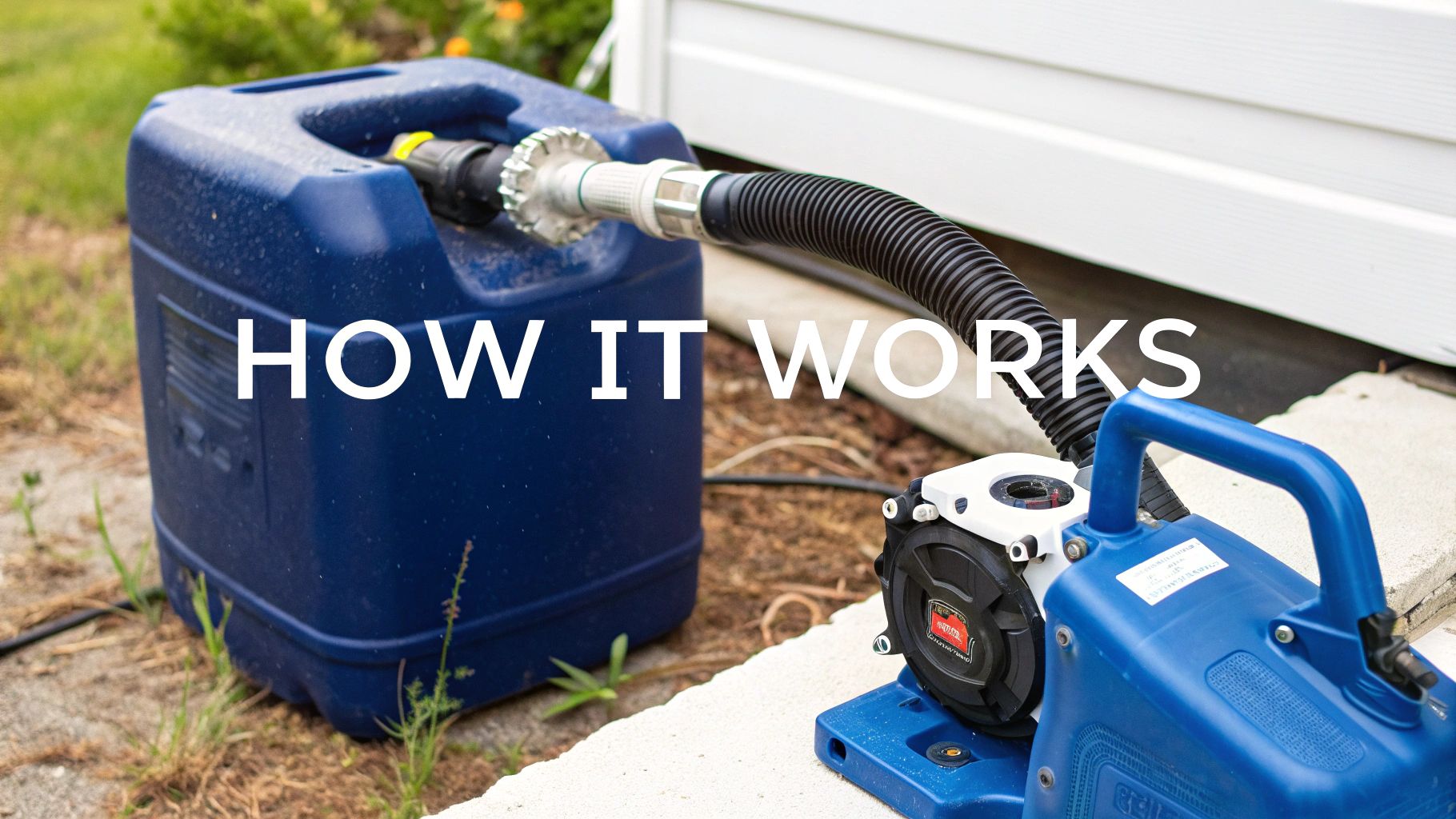
A gas can electric pump looks a little technical, but the way it works is actually dead simple. Think of it like a high-tech straw for your fuel can. Instead of you doing the work, a small battery-powered motor creates the suction, moving gas from point A to point B with just the push of a button.
This simple design is exactly what makes these pumps so brilliant. They turn a messy, back-breaking chore into a clean, automated process. You get a perfect fuel transfer every time, without the hassle.
Breaking Down The Core Components
To really get a feel for how these pumps work, it helps to look at the three main parts. Each has a specific job, and together, they create a smooth flow of fuel from your can right into your equipment.
-
The Intake Hose and Tube: This is the long, rigid piece that goes directly into your gas can. It’s designed to reach the very bottom, so you can get every last drop of fuel. Hidden at the base is a tiny impeller—that's the real heart of the pump.
-
The Motor and Power Source: Tucked away in the handle is a small electric motor, the engine of the whole operation. It usually runs on a couple of standard AA or D-cell batteries, which makes the whole unit incredibly portable. When you hit the "on" button, this motor spins the impeller like a tiny turbine.
-
The Dispensing Hose and Nozzle: As the fuel gets sucked up, it travels through a flexible hose to the nozzle. The nozzle gives you pinpoint control over the flow, preventing those annoying spills and splashes. Many pumps even have an auto-stop sensor in the nozzle that shuts the pump off when your tank is full.
The real magic is in that motor-driven impeller. By spinning at high speed, it creates a low-pressure zone that pulls fuel up from the can and shoves it through the hose. No more heavy lifting, tipping, or risky manual siphoning.
This elegant solution is why electric fuel pumps have taken over the market. The global fuel pumps market was recently valued at USD 8.24 billion, and the electric segment makes up a staggering 67.24% of that. People clearly prefer the ease and safety that electric pumps offer. You can explore more data on the fuel pumps market to see these trends for yourself.
Understanding Flow Rate And Performance
When you're shopping for one of these pumps, you'll see the term flow rate a lot. It's usually measured in gallons per minute (GPM) and simply tells you how fast the pump can move fuel. Most of these portable pumps clock in at around 2 to 3 GPM.
That speed is the sweet spot for most jobs. It's fast enough to fill the tank on a lawnmower or generator in a minute or so, but slow enough that you won’t accidentally make a huge mess. It's the perfect balance between getting the job done quickly and keeping things precise.
Of course, the pump's performance is tied directly to its batteries. Using fresh, high-quality batteries ensures the motor spins at its best, giving you a steady, reliable flow from start to finish. It's this consistency that makes a gas can electric pump a go-to tool for everyone from boat owners to homeowners and contractors.
Here’s the rewritten section, designed to sound completely human-written and natural.
What You Really Get When You Switch to an Electric Pump
Let's be honest, switching to a gas can electric pump isn't just about a new gadget. It’s about fundamentally changing a chore most of us dread. It makes refueling safer, faster, and a whole lot easier on your body. You'll feel the difference the very first time you use one, turning a clumsy, messy task into something clean and controlled.
Think about it: no more wrestling with a heavy, sloshing 5-gallon gas can. When full, that can weighs over 30 pounds, which is a recipe for a strained back or sore shoulders. With an electric pump, the can stays put on the ground. The pump does all the work for you.
Say Goodbye to Spills and Fumes
One of the best and most immediate changes you'll notice is how much safer refueling becomes. We’ve all been there—trying to pour gas manually, only to have it spill everywhere. Those spills are more than just a waste of money; they're a serious fire hazard and terrible for the environment.
An electric pump gives you a steady, predictable flow that you control with a simple nozzle. This precision all but eliminates the chance of splashing fuel or overfilling your tank. Plus, because the whole system is more or less sealed during the transfer, you're not breathing in nearly as many harmful gasoline fumes. It’s just a cleaner, safer way to handle fuel.
The real game-changer is control. You're no longer fighting gravity and guessing how much is left; you're directing a precise stream of fuel exactly where it needs to go.
This simple comparison really drives home the difference between the old way and the new way.
Manual Pouring vs Gas Can Electric Pump
| Feature | Manual Pouring / Gravity Siphon | Gas Can Electric Pump |
|---|---|---|
| Spill Risk | High, especially with full cans or unsteady hands. | Very Low, thanks to controlled flow and auto-stop features. |
| Physical Effort | High. Requires lifting and holding heavy cans. | Minimal. The can stays on the ground. |
| Fume Exposure | Significant, as fuel is exposed to the air. | Low, due to a more sealed transfer system. |
| Speed & Efficiency | Inconsistent and often slow to avoid spills. | Fast and consistent, with typical flow rates of 2-3 GPM. |
| Accessibility | Difficult for users with limited mobility or strength. | Accessible to nearly everyone, regardless of physical ability. |
As you can see, the pump offers a clear advantage in just about every category that matters.
Time Savings and Unmatched Versatility
Beyond just being safer, an electric pump saves you a ton of time. Filling up your lawnmower or ATV goes from a five-minute struggle to a quick, one-minute task. Many pumps even have auto-stop sensors that shut off automatically when the tank is full. That means you can flip it on and get back to what you were doing without worrying about a messy overflow.
This kind of versatility makes these pumps a must-have tool for all sorts of situations:
- Boating and Marine: Easily refuel your boat or jet ski without spilling a drop of gas into the water.
- Powersports: Quickly top off your ATV, dirt bike, or snowmobile right before you head out.
- Home and Yard Care: Effortlessly fill lawnmowers, leaf blowers, and other small engines.
- Emergency Preparedness: Safely and quickly refuel a generator during a power outage, no hassle involved.
Making Fueling Accessible to Everyone
This might be the most important benefit of all. An electric pump makes refueling possible for people who might not otherwise be able to do it themselves. For older folks or anyone with mobility challenges, lifting a 30-pound gas can isn't just difficult—it's often impossible.
This simple tool completely removes that physical barrier. It allows anyone to stay independent and manage their own equipment, whether it's a small mower or a big emergency generator. It truly turns a demanding chore into a simple, manageable task for everyone.
How to Choose the Right Electric Pump
Jumping into the world of electric pumps for gas cans can feel a bit like walking into a new hardware store—so many options! With all the different models and features out there, picking the right one is key. Think of it like buying any other power tool; you need the right mix of power, design, and features for the job at hand.
Don't worry, it's not as complicated as it sounds. Once you know what to look for, you can easily find a pump that makes refueling faster, cleaner, and a whole lot easier. Let's walk through the main things you'll want to consider.
Match the Flow Rate to Your Needs
One of the first specs you'll see is the flow rate, which is just a fancy way of saying how fast the pump moves fuel. It's measured in gallons per minute (GPM). For most of us using these at home, a pump that moves 2 to 3 GPM is the sweet spot.
A flow rate in this range is perfect for filling up everyday equipment like:
- Lawnmowers and tractors
- Generators and pressure washers
- ATVs and dirt bikes
- Small boats and jet skis
This speed is quick enough to get the job done efficiently, but not so fast that you'll accidentally overfill the tank and make a mess. A pump running at 2.5 GPM can empty a standard 5-gallon gas can in just two minutes—a perfect balance of speed and control.
Consider the Power Source
So, what makes these pumps "electric"? The power source, of course. You'll generally find two main options: disposable batteries or rechargeable ones. Each has its pros and cons.
Disposable batteries, like standard AAs or D-cells, are all about convenience. You can find them anywhere, so you're never stuck with a dead pump. The downside is that the cost of buying new batteries can add up over time, and the pump's power might fade as the batteries get low.
Rechargeable batteries, usually built-in lithium-ion packs, are a great long-term solution. They deliver consistent power and save you money on replacements. The only catch is you have to remember to charge the pump before you head out to the garage or the lake.
Your choice of power source really boils down to what you value more. If you're a grab-and-go person, disposable batteries are a solid choice. If you prefer consistent performance and long-term savings, a rechargeable model is probably your best bet.
Hose Length and Nozzle Design Are Crucial
The physical design of the pump—especially the hose and nozzle—is something you shouldn't overlook. The intake hose has to be long enough to reach the bottom of your gas can, while the dispensing hose needs enough slack to easily reach your equipment without you having to lift and awkwardly hold the can. A flexible hose that doesn't kink is a huge bonus.
The nozzle is your main point of contact, so it should feel right. Look for a comfortable grip and a simple on/off switch. A real game-changer on many modern pumps is an auto-stop sensor. This handy feature automatically shuts the pump off when the tank is full, which means no more spills or wasted fuel. To see how these features stack up in different models, check out our top picks for fluid transfer pumps.
Ensure Fuel and Can Compatibility
Last but not least, make sure the pump you choose works with your fuel and your gas can. Most are built for gasoline, but some are also rated for diesel or kerosene. Whatever you do, never use a pump for a fuel it wasn't designed for—that's a surefire way to ruin the pump and create a serious safety risk.
The pump also needs to fit snugly in the opening of your gas can. Most come with universal adapters to fit different can styles, but it never hurts to double-check. A secure, leak-free connection is what you're after. The growing demand for these tools is undeniable, with the North America automotive electric fuel pumps market recently hitting USD 3,460.6 million. You can learn more about the automotive electric fuel pump market growth and see just how essential these tools are becoming.
Using Your Gas Can Pump Safely and Effectively
A gas can electric pump can turn a messy, awkward chore into a quick, clean job. But like any tool, using it the right way is what really matters for both safety and performance. This isn't about memorizing a complicated manual; it’s about a few common-sense habits that keep you, your fuel, and your equipment safe.
Think of it like a pre-flight check. Before you even think about starting the pump, give it a quick once-over. Are there any cracks or kinks in the hoses? Is the battery compartment clean and are the connections snug? This simple 30-second check can prevent a world of headaches.
Setting Up for a Spill-Free Transfer
Getting a clean transfer is all about a stable setup. First, place your gas can on solid, level ground a few feet away from whatever you're fueling. This simple step pretty much eliminates the risk of it tipping over mid-pump.
Now, slide the pump's intake tube all the way into the gas can until it touches the bottom—this ensures you get every last drop. Then, get the nozzle situated firmly in the fuel tank opening of your equipment. A secure fit is what keeps fuel from splashing out and fumes from escaping.
This infographic breaks down what to look for when choosing and using a pump, focusing on the essentials like speed, power, and hose design.
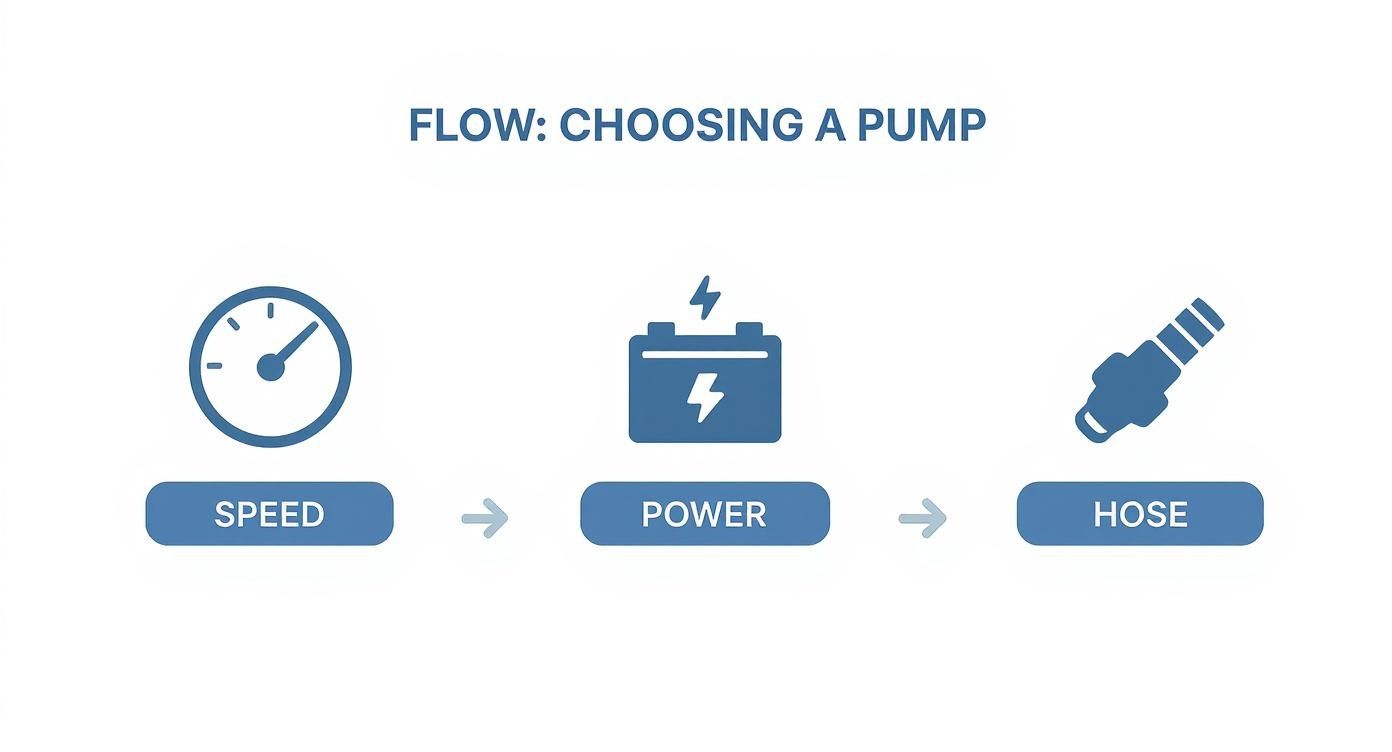
As you can see, finding the sweet spot between flow rate, battery convenience, and hose length is the key to a great user experience.
Monitoring the Flow and Shutting Down
With everything in place, flick the switch. As the tank fills, just keep a casual eye on the fuel level. Many pumps have an auto-stop feature that shuts them off when the tank is full, which is a fantastic safety net. Still, it's always smart to stay present during the transfer.
Critical Safety Warning: Never refuel in an enclosed space. Always do it outdoors where there's plenty of fresh air. Gasoline fumes are heavy and can quickly build up in a garage or shed, creating a serious fire and breathing hazard.
Once the tank is full, switch the pump off before you pull the nozzle out. I like to lift the hose a bit to let any leftover fuel drain back into the tank—no drips, no mess. Pull the pump out of the gas can, then cap everything up securely. If you want to get into the nitty-gritty, you can learn more about how to pump gas from a can in our other guide.
The final step is just as important: storage. Give the pump a quick wipe-down to get rid of any fuel residue. Store it somewhere clean, dry, and out of the sun and extreme heat. Taking care of your pump after each use is the best way to make sure it’s ready to go next time you need it.
What's New in Fuel Transfer Technology?
The good old gas can electric pump isn't so simple anymore. Thanks to people demanding smarter, safer, and cleaner tools, these pumps have been quietly getting a major upgrade. We're not just talking about flashy new features; these changes are about solving real problems like messy spills, wasted fuel, and general frustration. The pumps you see today are a whole new breed—more efficient and easier to use than ever.
One of the biggest wins here is for the environment. Every time you spill fuel while pouring from a gas can, it seeps into the ground, contaminates water, and releases nasty fumes. An electric pump pretty much puts a stop to that. It creates a closed loop from the can to your tank, cutting down on vapor release and making accidental spills a thing of the past. It’s a small change that makes a big difference in how we handle fuel.
Smarter Pumps are Here
Pump manufacturers are now building "smart" tech right into their designs. This turns a basic tool into something more like a helpful assistant, giving you a level of control and precision that saves both time and fuel.
Here are a few of the key upgrades you'll find in the latest models:
- Digital Flow Meters: These give you an exact, real-time number for how much fuel you've pumped. It's a game-changer for getting fuel-to-oil ratios just right or simply knowing exactly how much gas you've added.
- Better Auto-Stop Sensors: The old auto-stop feature was a good start, but the new sensors are far more reliable and responsive. They prevent messy overfills with pinpoint accuracy, no matter what kind of fuel you're using.
- Tougher, Fuel-Resistant Materials: Newer pumps are built with high-grade polymers and seals that can handle the corrosive nature of gasoline and diesel, meaning they last a whole lot longer.
The big idea behind all this tech is to let the tool do the heavy lifting. By automating the tricky parts, these pumps help you avoid common mistakes and make refueling almost foolproof.
Powering the Next Generation of Pumps
The evolution of these pumps is also closely linked to better power sources. The move toward advanced lithium battery technology is making pumps lighter, more powerful, and able to run much longer on a single charge. It's all part of a bigger shift toward more portable and efficient electric tools. To see how these pumps fit into the bigger picture, check out our guide on https://clixfueling.com/blogs/news/fuel-transfer-systems.
This push for better technology is happening for a reason. The global market for fuel transfer pumps was recently valued at $1.87 billion and is expected to hit $2.45 billion in the next five years. That kind of growth tells you one thing: people are hungry for safer and more efficient ways to handle fuel.
Got Questions About Electric Fuel Pumps? Let's Talk.
When you first get your hands on an electric pump for your gas can, you're bound to have a few questions. That's perfectly normal. Let's run through some of the most common things people wonder about so you can use your pump like a pro right from the start.
Getting these details sorted out helps you get the most out of your new tool and makes sure every refueling job is a breeze.
Can I Pump Water with the Same Pump I Use for Gas?
This is a big one, and the answer is a hard no. You should never, ever use the same pump for fuel and water. It's a major safety risk. Even tiny amounts of gasoline residue can make water toxic.
Flipping it the other way, any water left in the hose can get into your next fuel transfer and cause serious, expensive damage to an engine. The only safe way to do this is to have two completely separate pumps, and make sure they’re clearly labeled. One for fuel, and one for everything else.
A fuel pump should only ever be a fuel pump. Keep your liquids separate to prevent dangerous contamination and protect your equipment.
How Fast Are We Talking Here?
Most battery-powered pumps hit a nice balance between speed and control, moving fuel at about 2 to 3 gallons per minute (GPM). This is a great pace for most jobs around the house or for your hobbies.
Think about it: you can fill a 5-gallon generator tank in roughly two minutes. That’s quick enough to get the job done without being so fast that you risk a messy overflow. Just remember, battery life matters. A pump running on fresh, fully charged batteries will always give you the strongest, most consistent flow.
What if It Just Stops Pumping?
If your pump cuts out in the middle of a transfer, don't worry. It's almost always an easy fix. Before you think the pump is broken, just check a few simple things.
- Check the Batteries: Seriously, this is the problem more than 90% of the time. If the batteries are weak, the motor just won't have enough juice to run.
- Is the Hose Submerged? The intake end of the hose needs to be all the way in the fuel. If it sucks in air, the pump loses its prime and will stop pulling liquid.
- Look for Leaks: Make sure all the connections are snug. A small air leak anywhere in the hose can kill the suction.
Are These Battery Pumps Really Powerful Enough?
It's a fair question—can a couple of AA batteries really move gallons of fuel? For the things most of us are doing, like filling up a lawnmower, a boat's kicker motor, a generator, or an ATV, the answer is a resounding yes.
These pumps are plenty strong for everyday tasks. They deliver a consistent, manageable flow that’s way better and safer than trying to tip a heavy gas can. While you might need a heavy-duty 12V pump for farm equipment or commercial use, a standard battery-operated gas can electric pump is the right tool for the job for almost everyone else.
Ready to make your refueling tasks safer and easier? CLiX Fueling Solutions offers a spill-free, stress-free way to fuel up, protecting your boat and the environment. Discover the difference at the CLiX Fueling website.

